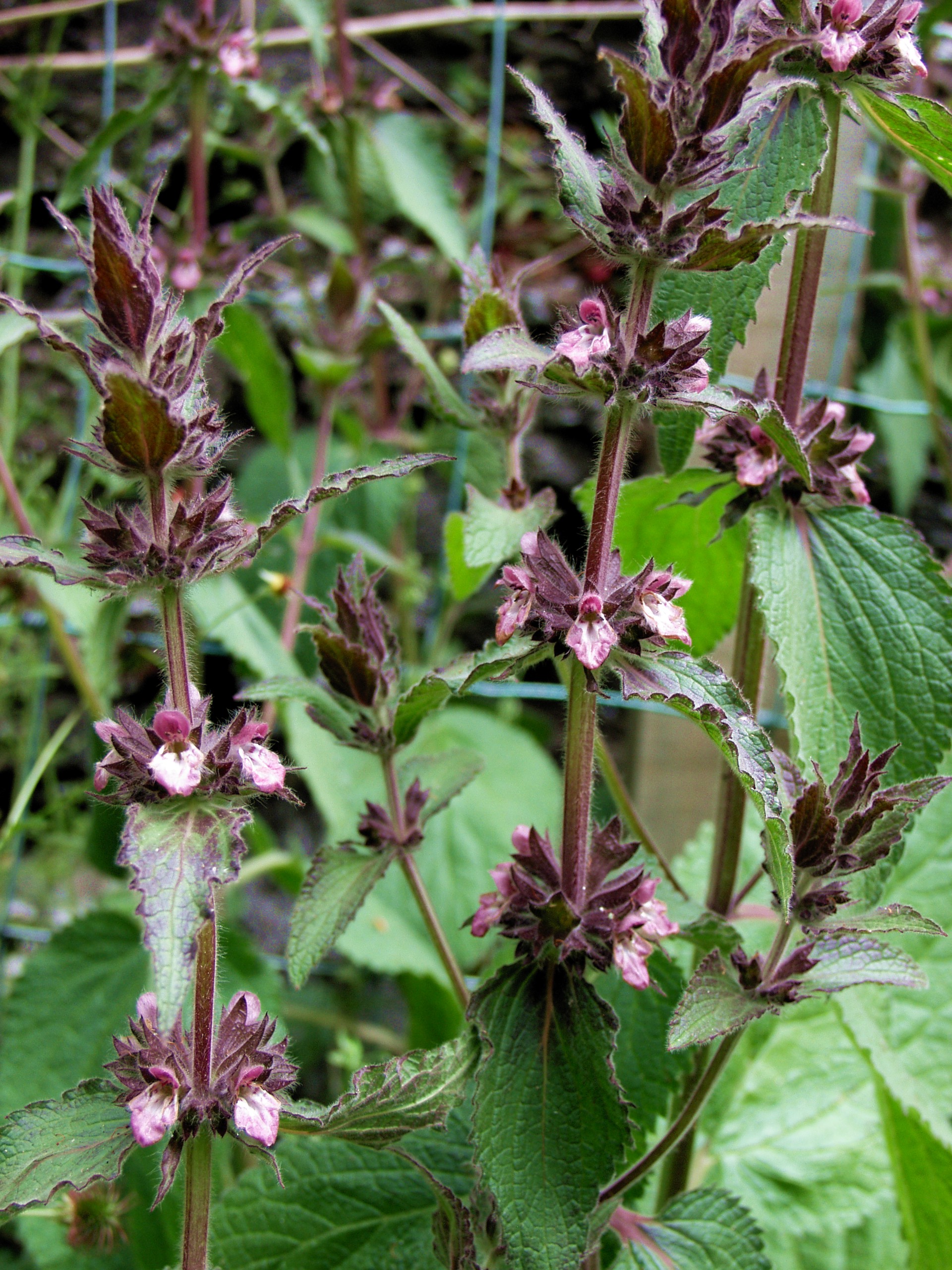Biodiversity
Related Links
Latest News
A Starring Role for Nantclwyd’s Lesser Horseshoe Bats
22.05.2015
Living Landscape Brought Back to Life
05.12.2014
More Information
Use the links above to explore work being undertaken to conserve limestone woundwort.
Facebook Page
Limestone woundwort
This nationally rare plant is the county flower of Denbighshire.
 Description and identification: The plant has pinky-red flowers with a distinctive yellow eye, which are arranged on a flower-spike, 40-80cm tall. The green leaves are softly hairy and oval. The plant belongs to the dead-nettle family.
Description and identification: The plant has pinky-red flowers with a distinctive yellow eye, which are arranged on a flower-spike, 40-80cm tall. The green leaves are softly hairy and oval. The plant belongs to the dead-nettle family.
Habitat: This species grows on free-draining calcareous soils, usually within woodland glades. It is also known from road verges.
Ecology and reproduction: Limestone woundwort flowers from June to August. It is a perennial, with individual plants surviving for several years. Cold winters stimulate germination of the seeds. Seeds have been known to survive buried underground for years before germinating, for example after the ground has been disturbed.
Distribution: Limestone woundwort is found in Europe, but is known from only three sites in the UK. These are in Gloucestershire, Conwy County Borough and Denbighshire. The site in Denbighshire is Coed Cil-y-groeslwyd near Ruthin, where the species was first recorded in 1972.
Threats: Species with small populations like this are intrinsically vulnerable because chance events can lead to the loss of the whole population. Threats include loss and degradation of habitat, for example lack of woodland management leading to loss of glades and reduced light levels. Climate change may also threaten limestone woundwort as it requires cold winters and warm dry summers, which are likely to become less frequent in future.
Status: This species is protected under UK law and is a priority for conservation action in Denbighshire. Coed Cil-y-groeslwyd is protected as a Site of Special Scientific Interest.



